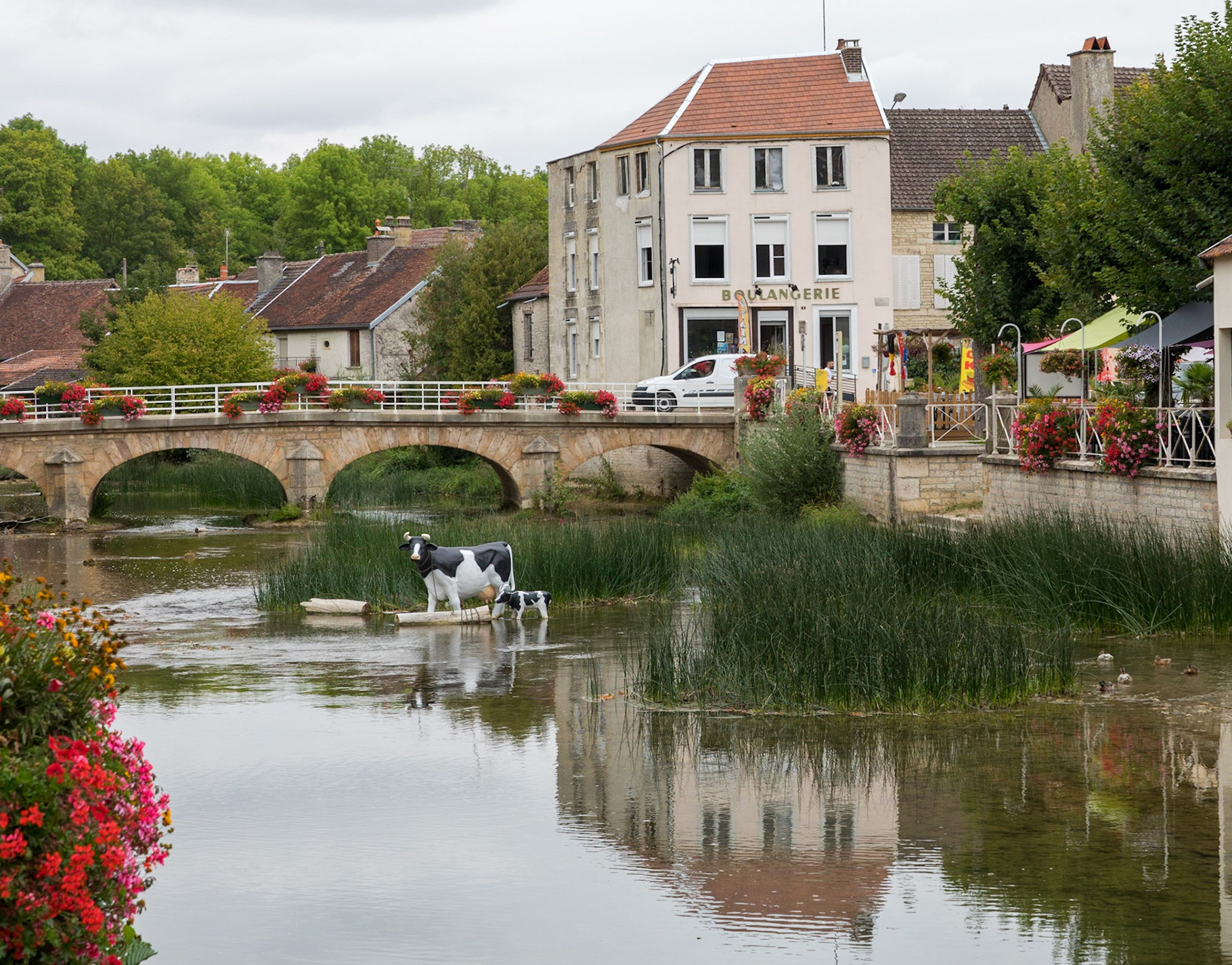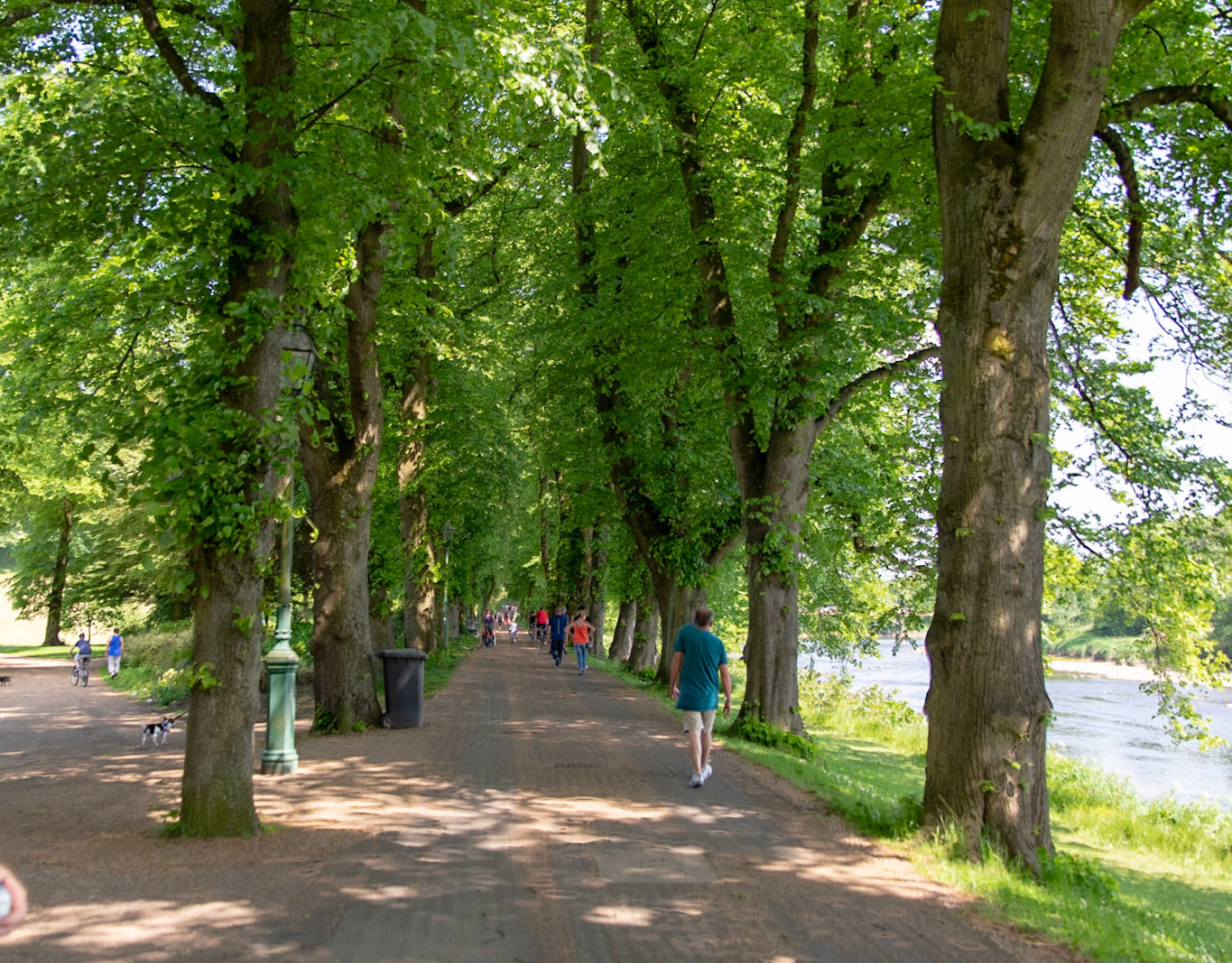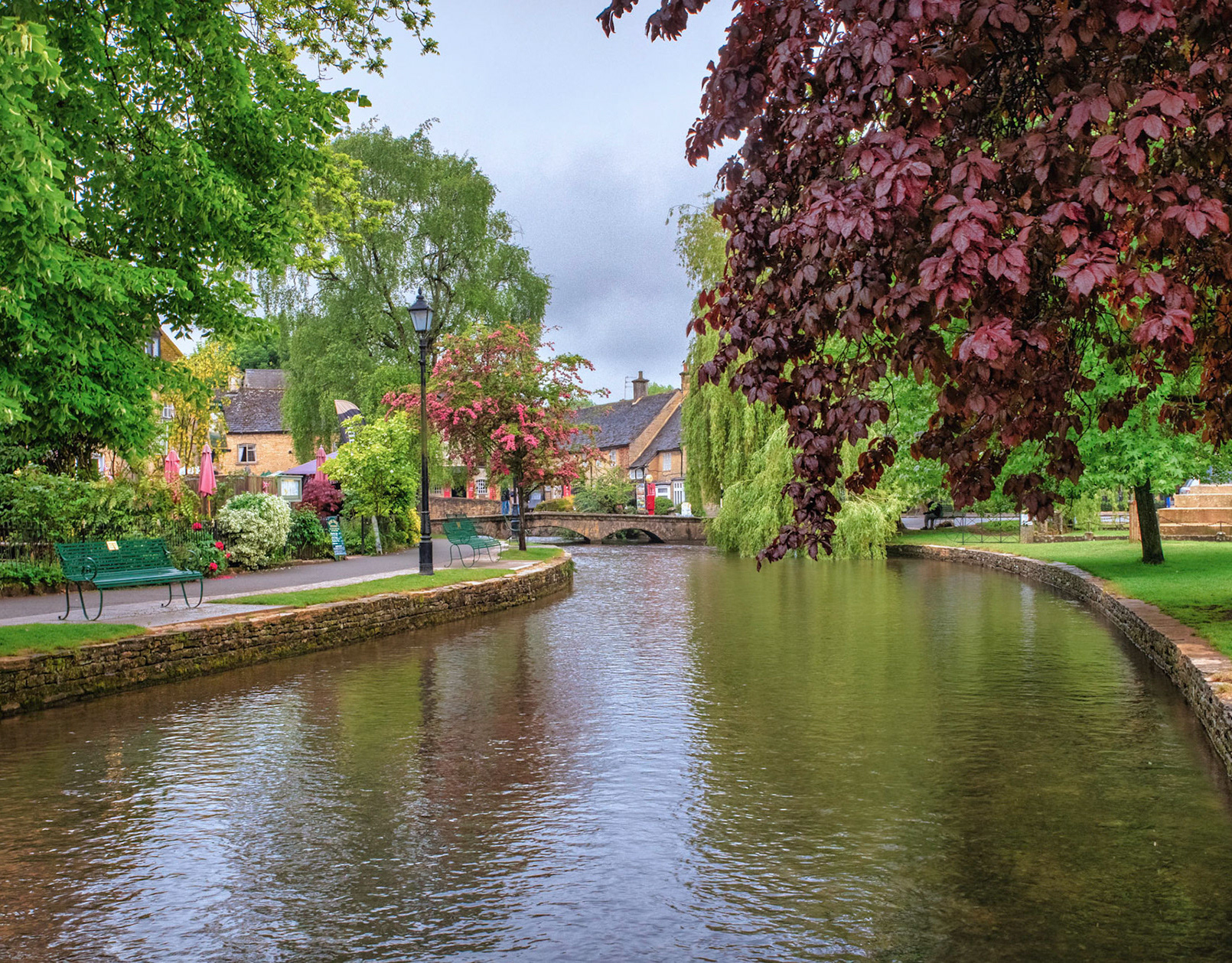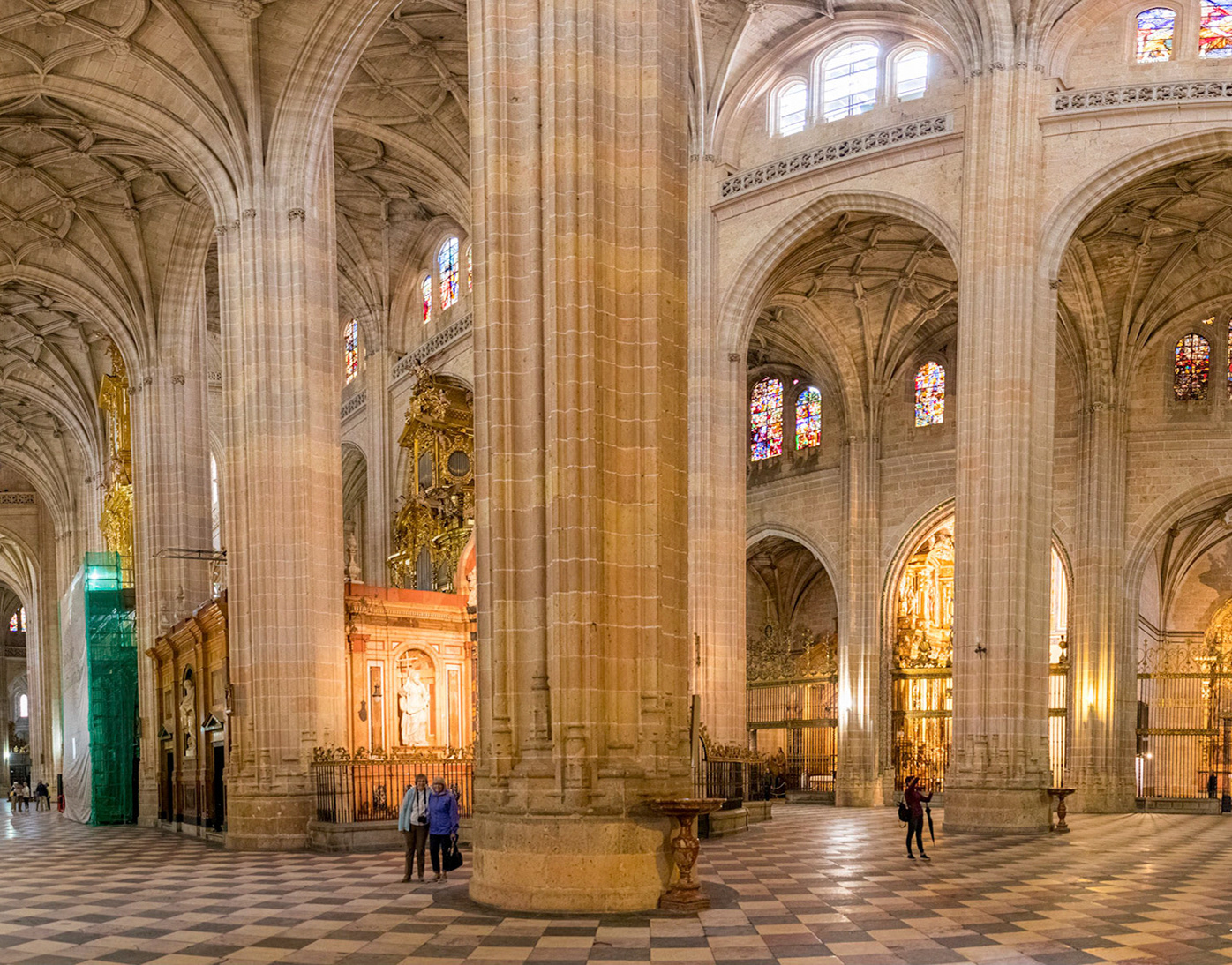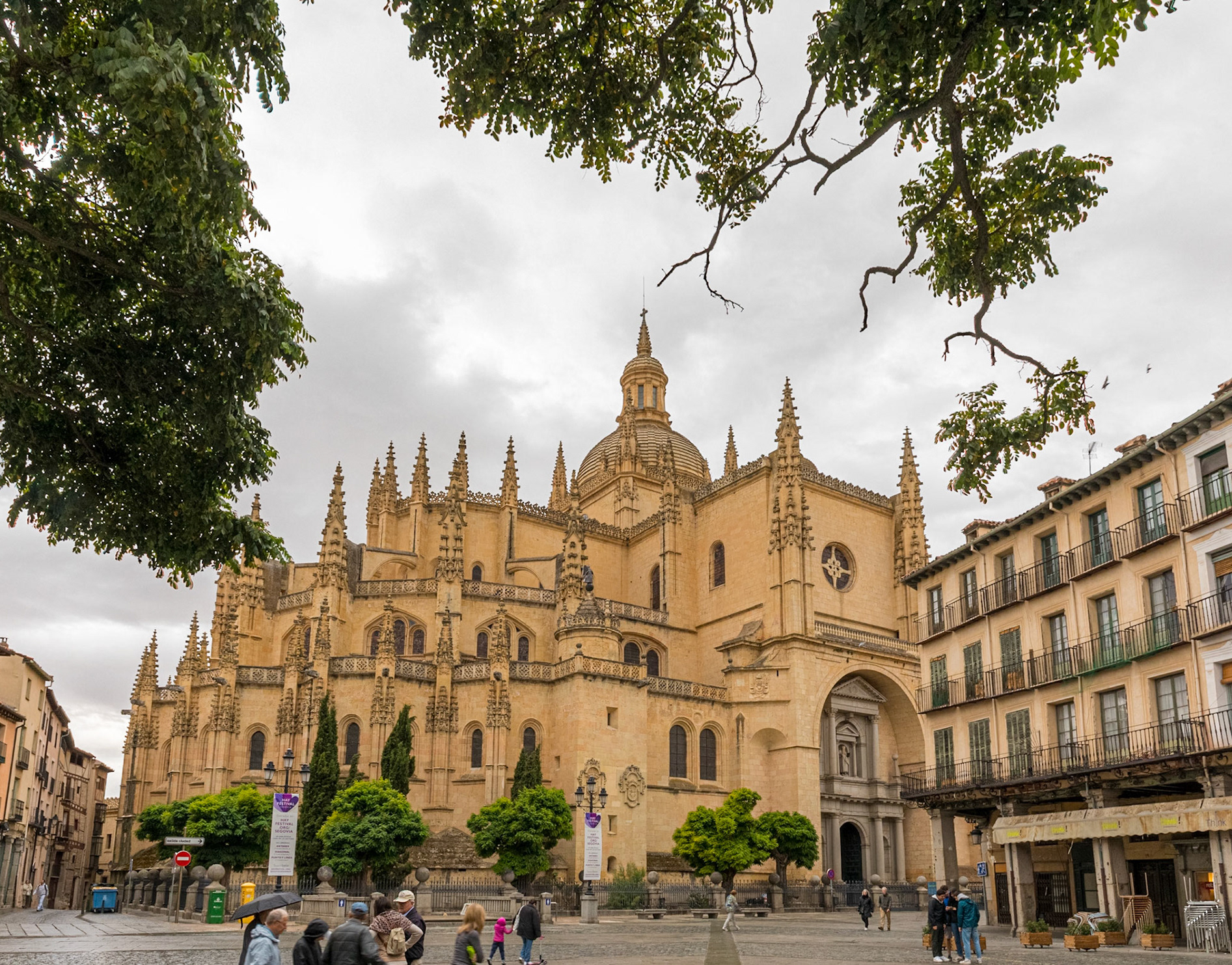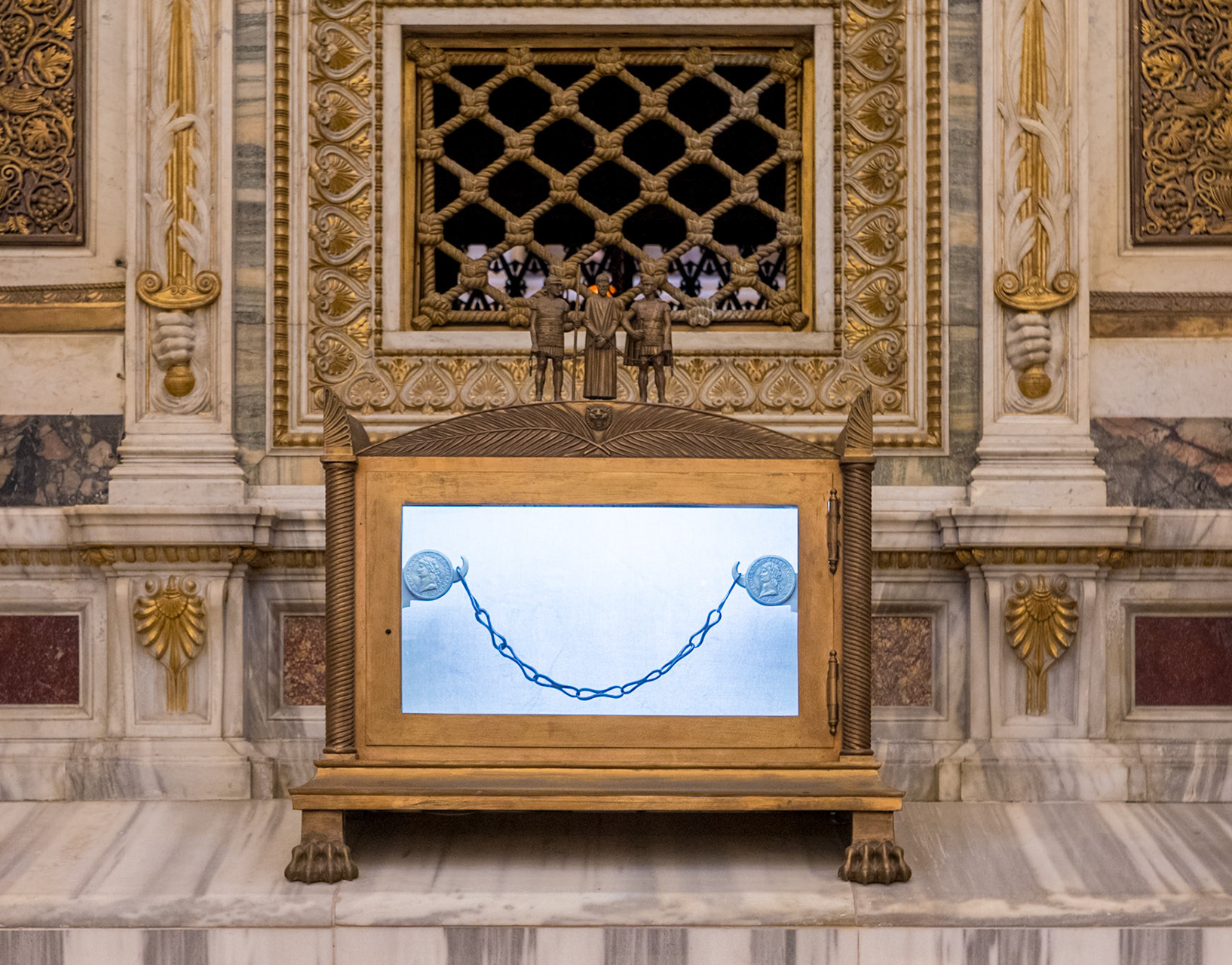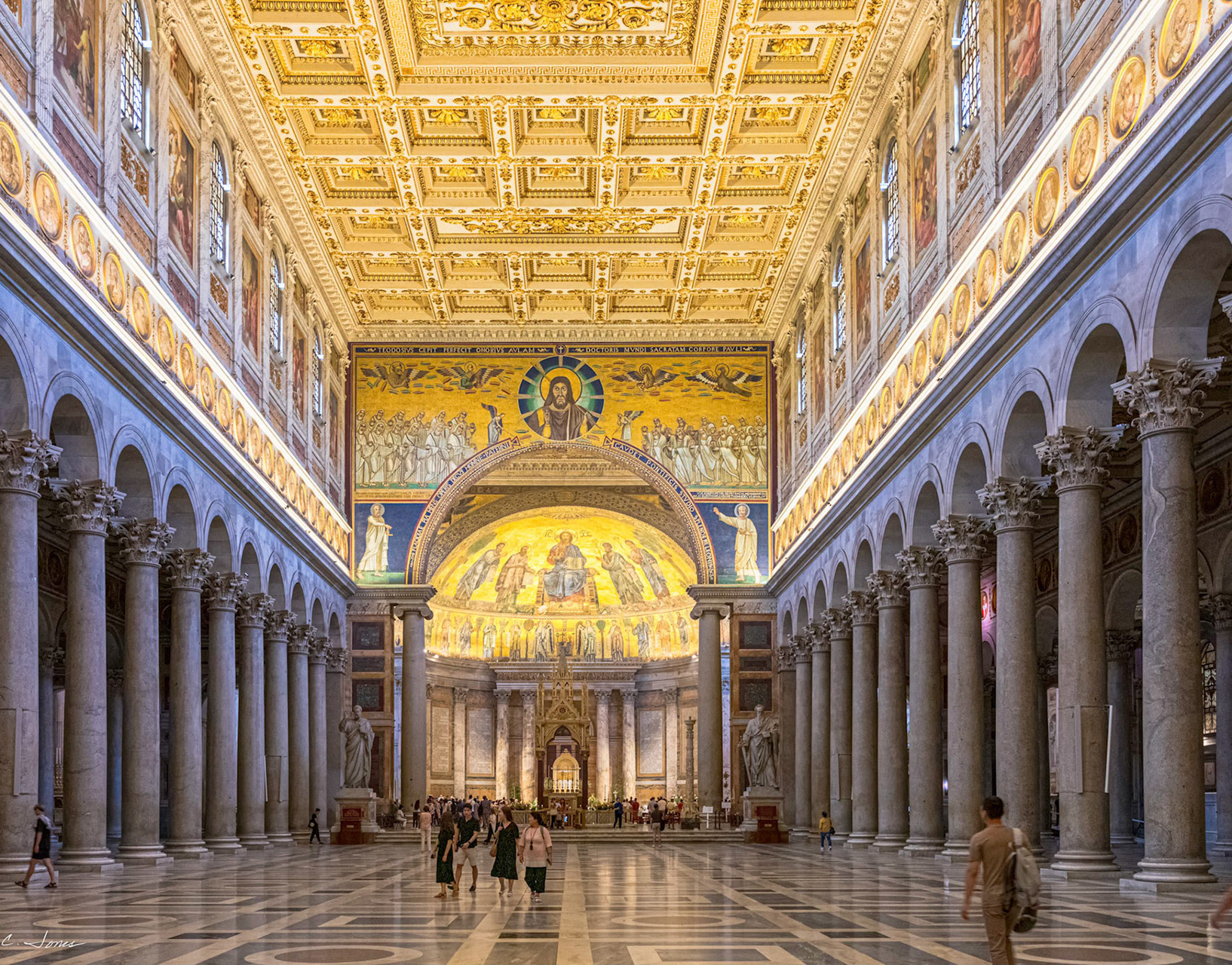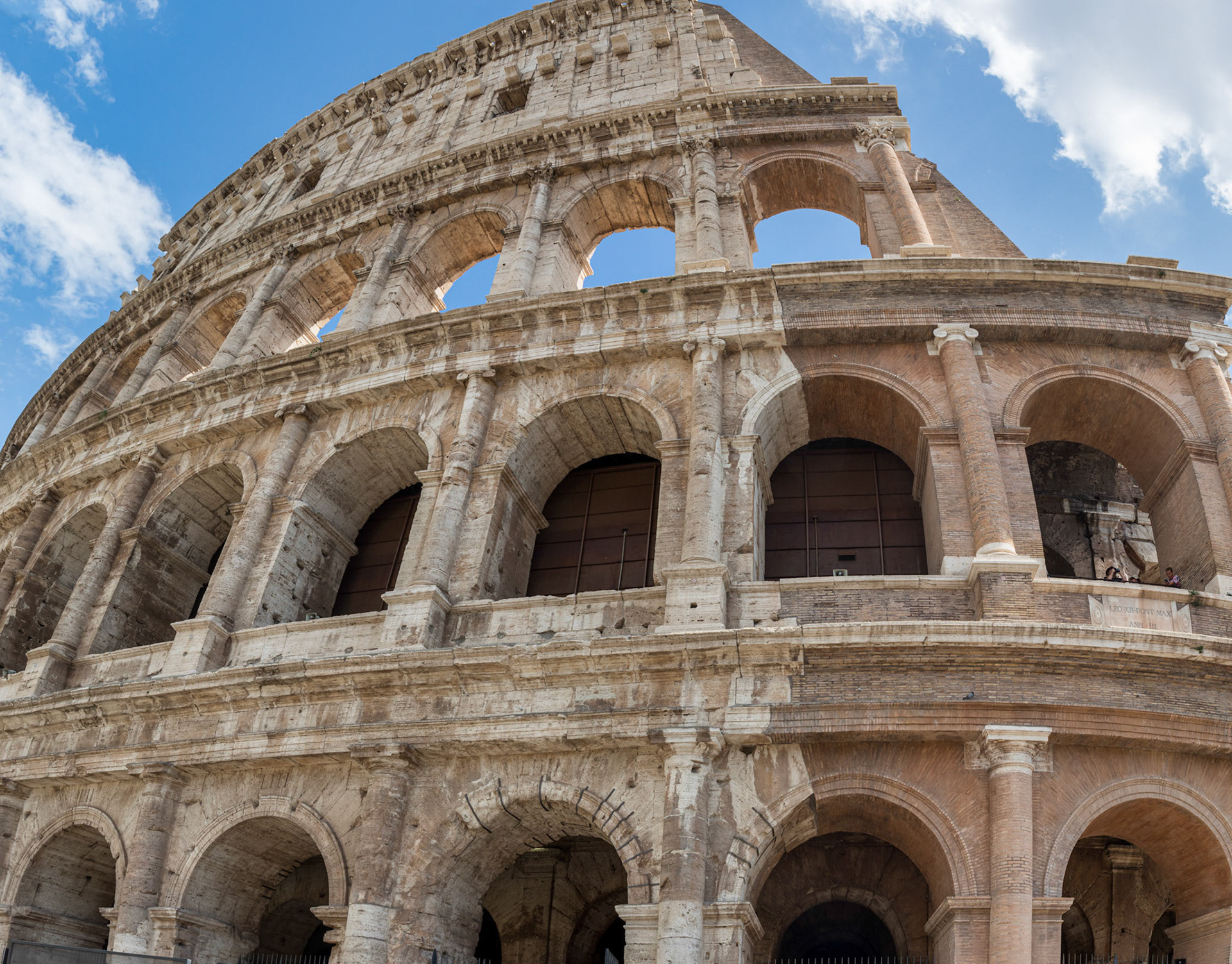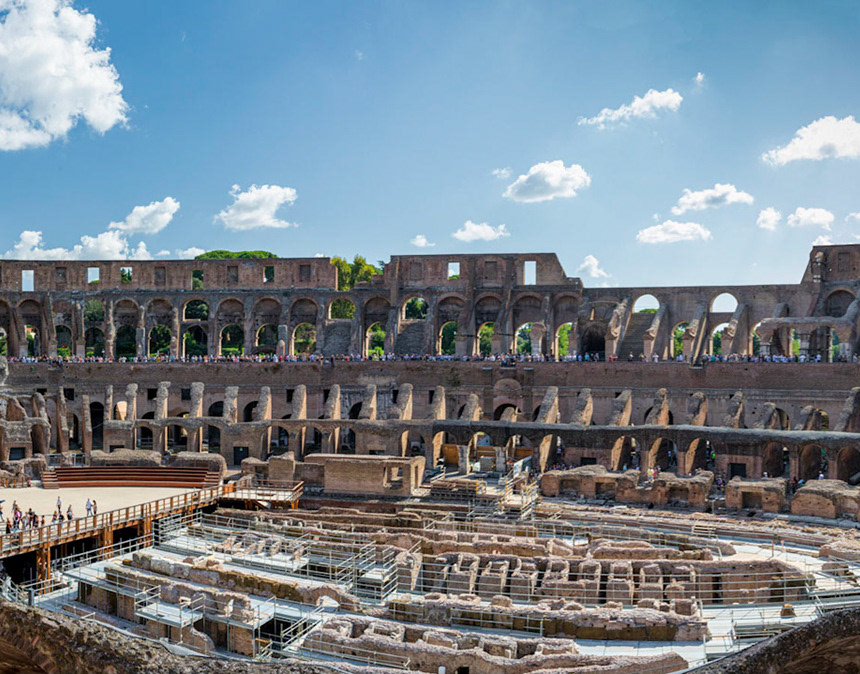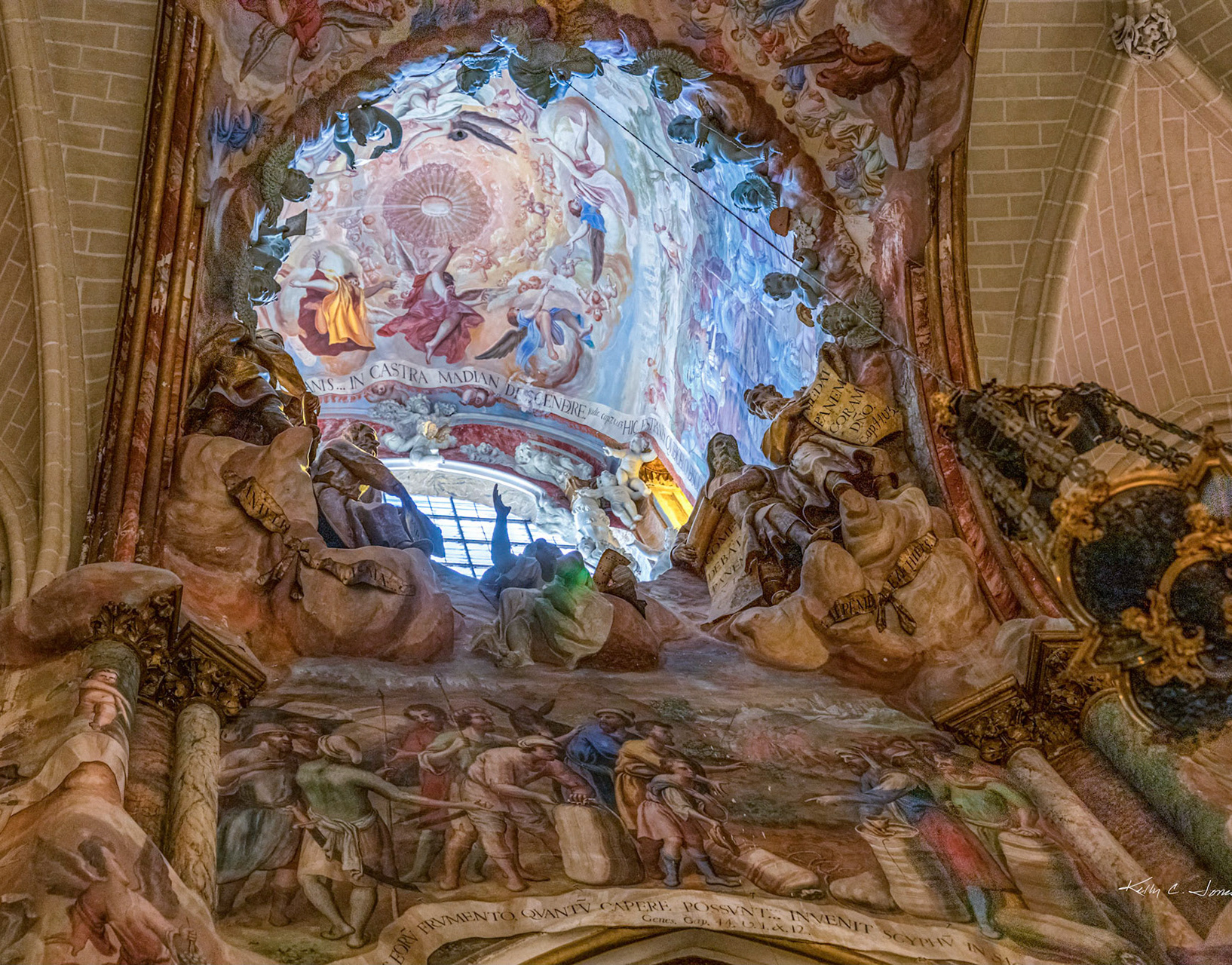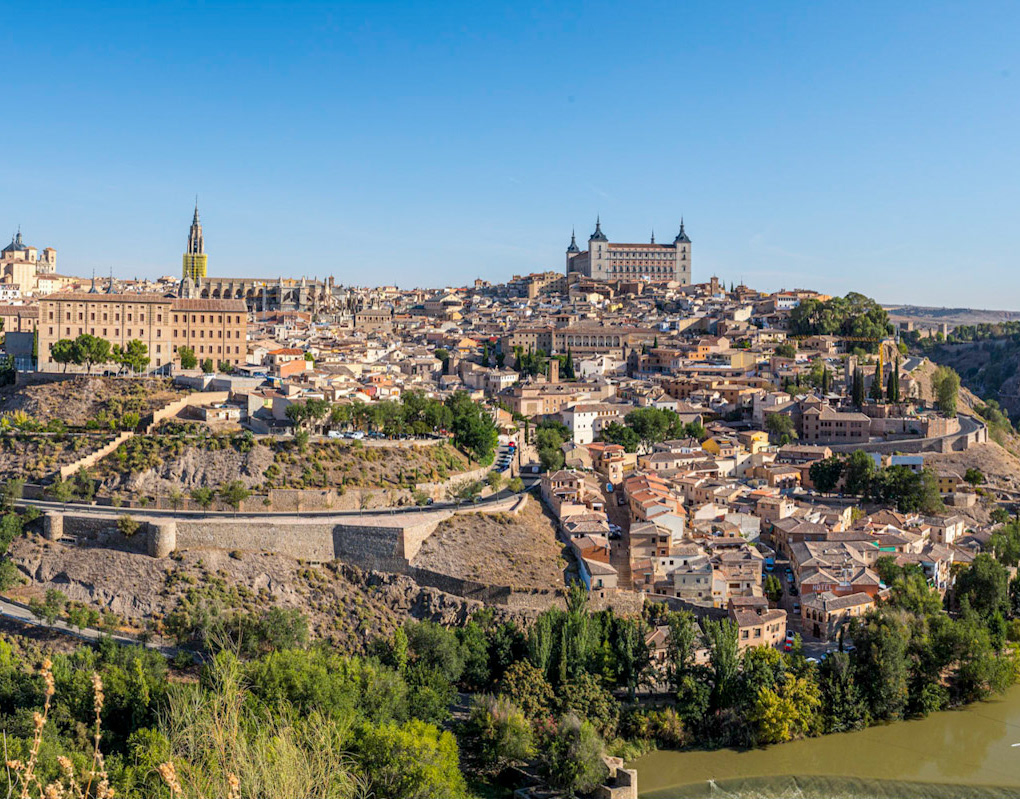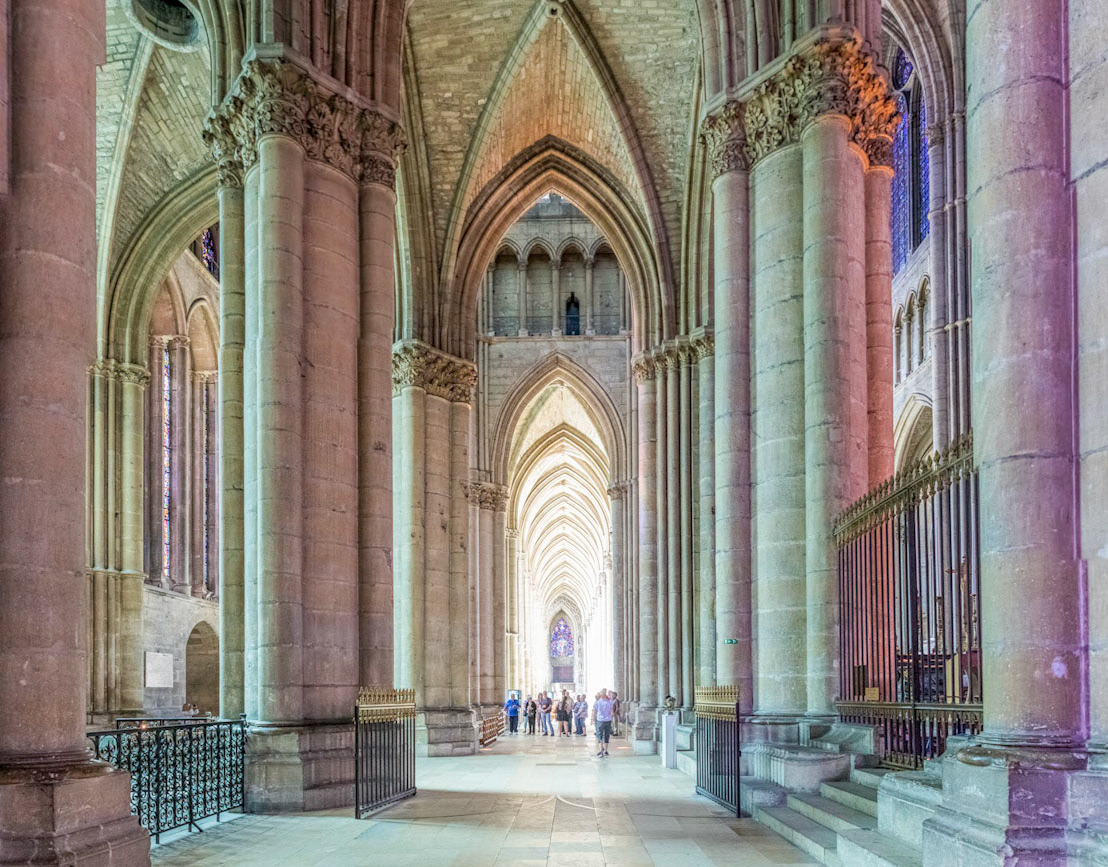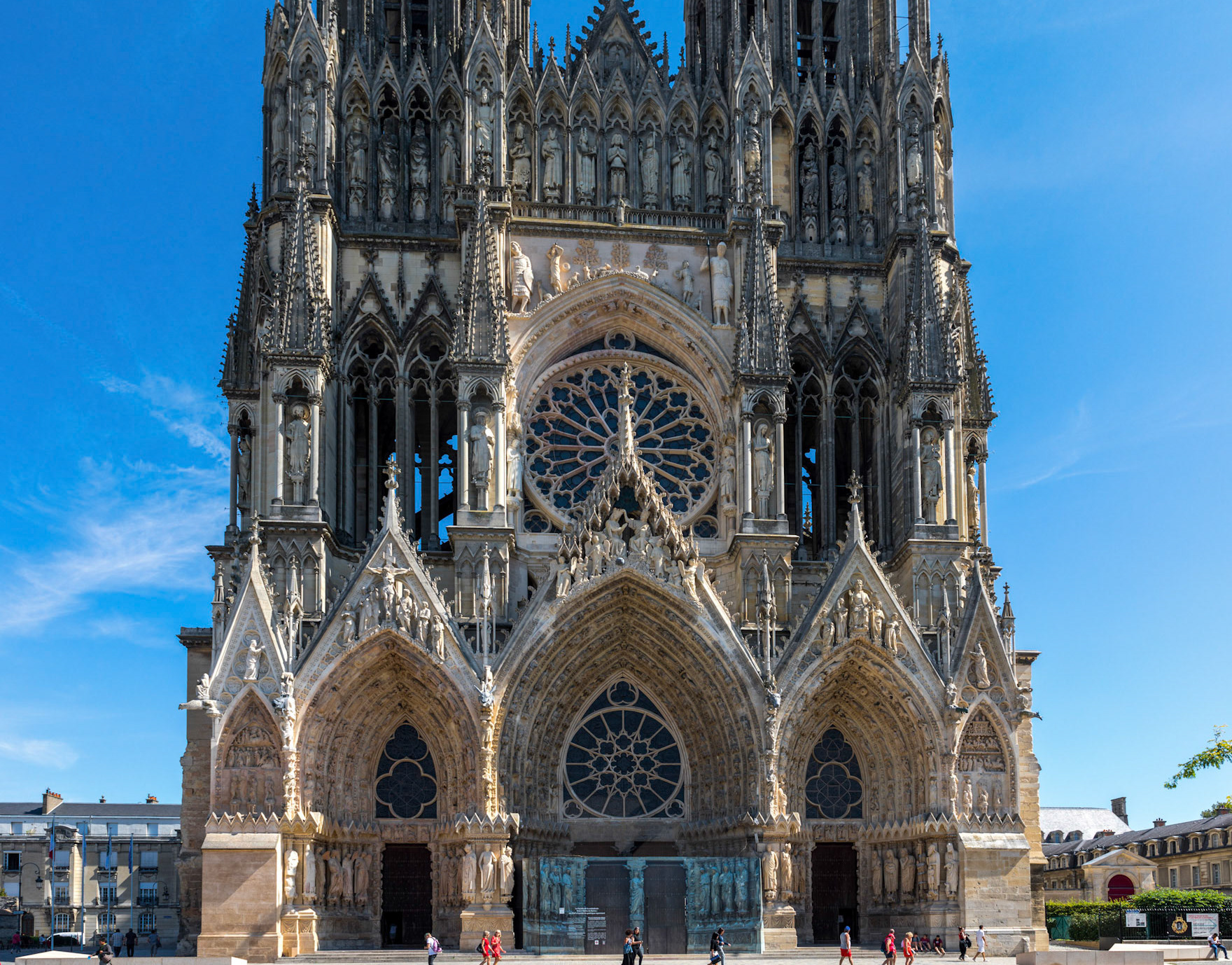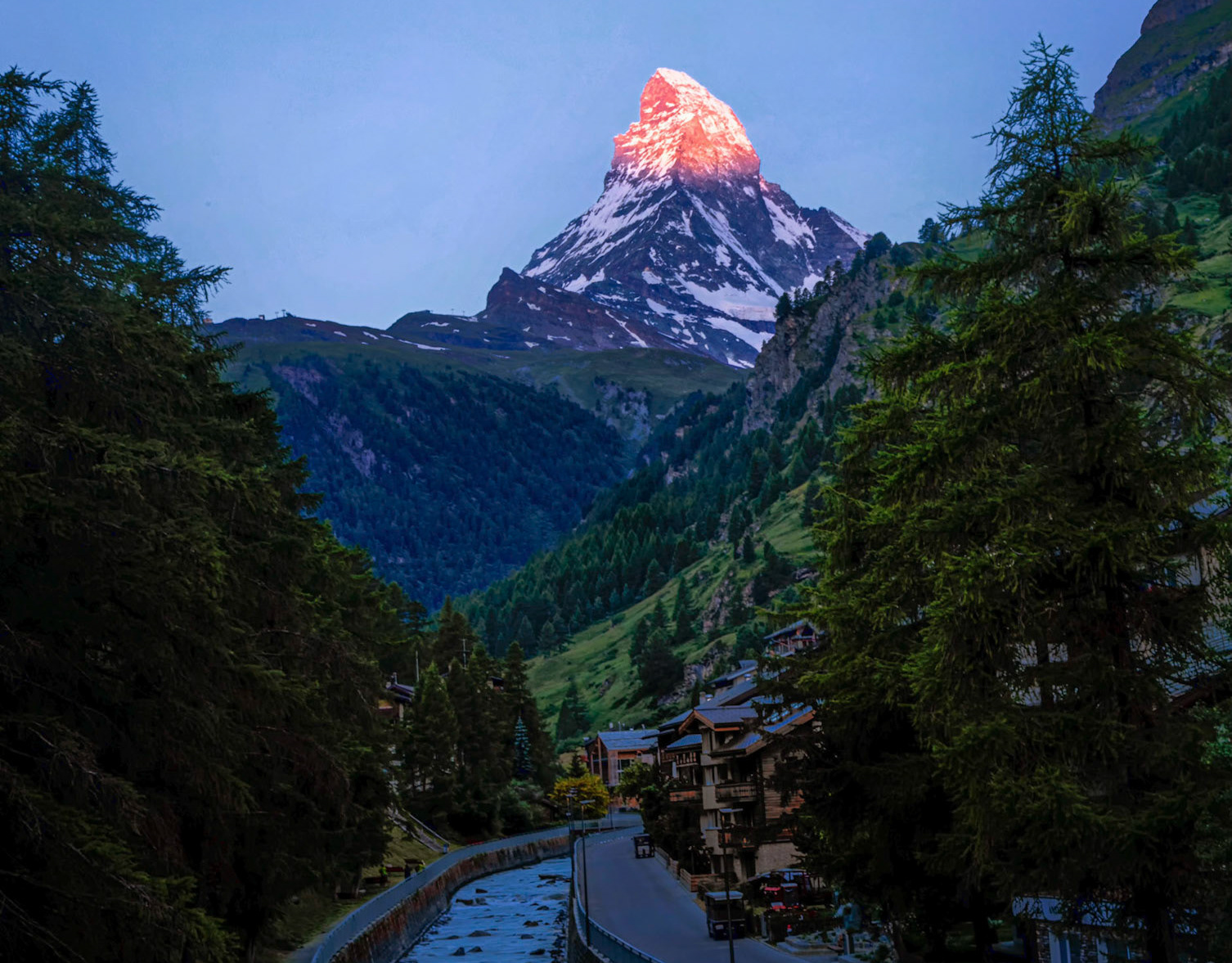The building's consecration as a church saved it from the abandonment, destruction, and the worst of the spoliation that befell the majority of ancient Rome's buildings during the early medieval period.
The grey granite columns that were actually used in the Pantheon's pronaos were quarried in Egypt at Mons Claudianus in the eastern mountains. Each was 11.9 meters tall, 1.5 meters in diameter, and 60 tonnes in weight. These were dragged more than 100 km (62 miles) from the quarry to the river on wooden sledges. They were floated by barge down the Nile River when the water level was high during the spring floods, and then transferred to vessels to cross the Mediterranean Sea to the Roman port of Ostia. There, they were transferred back onto barges and pulled up the Tiber River to Rome. After being unloaded near the Mausoleum of Augustus, the site of the Pantheon was still about 700 meters away. Thus, it was necessary to either drag them or to move them on rollers to the construction site.
The detail of this building is extraordinary. If the dome of the rotunda were flipped upside down it would fit perfectly inside the rotunda. When approaching the Pantheon from the outside it appears rectangular in shape. But it is only the first small room (cella) that has corners. The rotunda is completely round. The small entry room would have been entered by climbing a staircase that is now entirely under modern ground level.
The stresses in the dome were found to be substantially reduced by the use of successively less dense aggregate stones, such as small pots or pieces of pumice, in higher layers of the dome. Mark and Hutchison estimated that, if normal weight concrete had been used throughout, the stresses in the arch would have been some 80% greater. Hidden chambers engineered within the rotunda form a sophisticated structural system. This reduced the weight of the roof, as did the elimination of the apex by means of the oculus.
The marble floor, which features a design consisting of a series of geometric patterns, is still the ancient Roman original. The history of Pantheon was forever changed during the reign of Pope Urban VIII, who melted down every scrap of bronze located upon the ceiling, outraging a great deal of Roman citizens.
The marble veneer that we see today on the interior was for the most part added later. However, the Roman Pantheon in its present state allows us a glimpse into the marvelous and stunning world of Roman architecture. The dome would have been gilded to look like the heavenly sphere of all the gods that the name Pantheon evokes. The oculus was an engineering gem of the Roman world. No oculus had even dared come close in size to the one in the Pantheon. It is still lined with the original Roman bronze and is the main source of light for the whole building. As the earth turns the light flows in to circle the interior making the viewer aware of the magnificence of the cosmos. The oculus was never covered and rain falls into the interior and runs off the slightly convex floor to the still functioning Roman drainpipes underneath.


